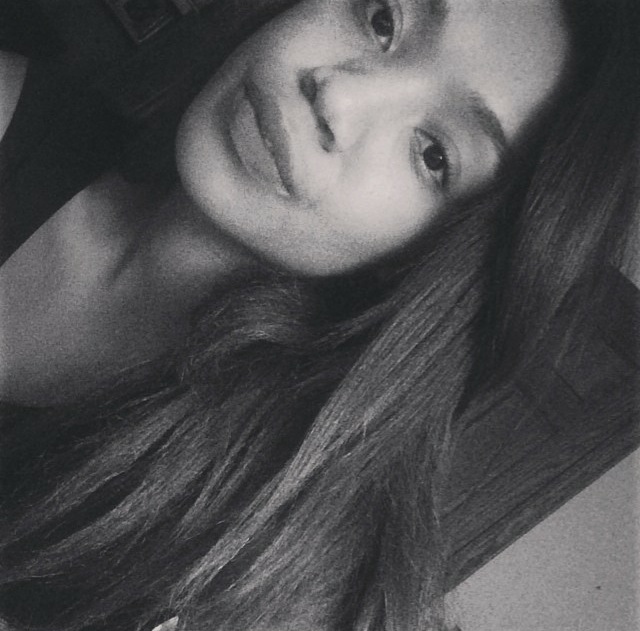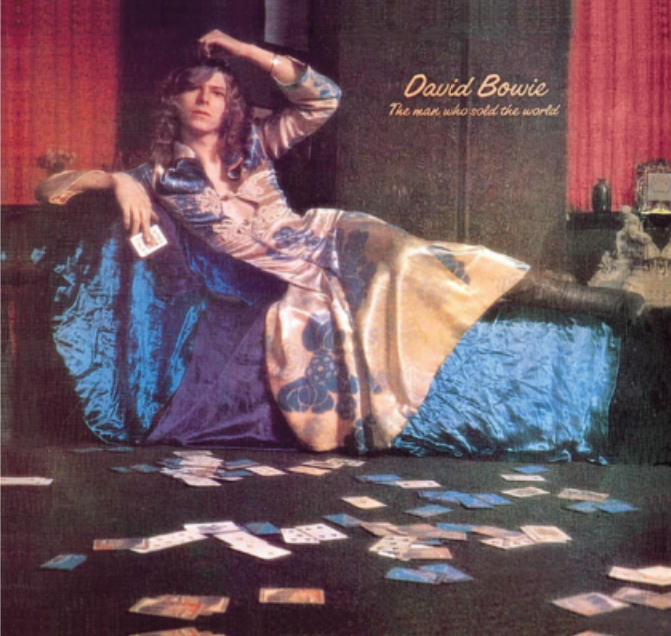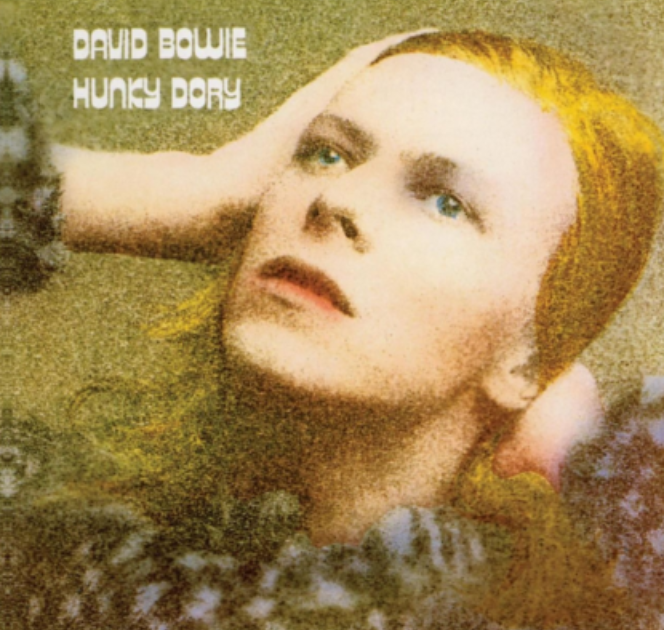How David Bowie Made It OK to Not Be a Straight Man

By:
Fans are sure to remember music legend David Bowie for his creativity and innovation in music. But the famous singer will also be remembered for his undeniable way of defying gender norms and sexuality in a time when others were afraid to do so.
Back when it was a difficult time to talk about homosexuality, let alone gender fluidity, Bowie openly discussed his pansexuality, as the Daily Beast notes. He publicly had relationships with women while also admitting to having sexual relations with the same sex. Not to mention he freely took on different gender personas on multiple platforms.
Related: Your Understanding of Gender Might be Wrong. Here's Why
Throughout his career Bowie toyed with gender with notable stage personas, including Ziggy Stardust, "a flame-haired, androgynous alien rock-star intent on bringing a message of hope to young people on Earth." It was perhaps one of Bowie's greatest characters. Often dressed in a multi-colored hip-hugging jumpsuit, Bowie’s androgynous character "came to redefine an entire era of rock’n’roll."
The Thin White Duke
For this character Bowie created a more refined and masculine personality. It was a character Bowie created during a his time of deep stress and drug addiction, according to NBC.
RELATED: David Bowie's Infamous Mugshot Is Indicative of Early 'War on Drugs'
Jareth the Goblin King
A break from his on-stage personas, Jareth the Goblin King was a character Bowie portrayed in the movie "Labyrinth" alongside Jennifer Connelly. The glam, makeup heavy villain king was a favorite among Bowie's fans.
Bowie's gender bending ways also carried out in this music. There was the time he posed in a satin dress and curly locks for the cover of his album, "The Man Who Sold The World,"and the time he appeared with slicked-back golden hair caressing his face on his album cover for "Hunky Dory."
 Amazon - amazon.com
Amazon - amazon.com
 Amazon - amazon.com
Amazon - amazon.com
Bowie spoke about his sexuality.
For years Bowie's sexuality was in question. But early in his career, Bowie tackled the issue head on. Two years after his marriage to his first wife, Angie, Bowie revealed to Melody Maker magazine that he was gay. Then in an interview with Playboy in 1972, Bowie came out as bisexual.
“It’s true—I am a bisexual,” Bowie said. “But I can’t deny that I’ve used that fact very well. I suppose it’s the best thing that ever happened to me.” Then in 1993, he told Rolling Stone that he regretted making the comments about his bisexuality, calling it the "biggest mistake" he had ever made.
His sexuality aside, Bowie was a true artist who gave the license for people to blur and gender lines and be "weird." Before gender fluidity became a point of serious discussion today Bowie long ago opened that door and invited us to talk about it. Even today's Bowie influence holds strong in both fashion and music. Lady Gaga, who is known for her avant garde, eccentric style as an artist credited acknowledged Bowie's direct influence on her life as a performer. She re-tweeted this.
 Twitter/Lady Gaga - twitter.com
Twitter/Lady Gaga - twitter.com
Other people thanked Bowie for being a LGBT icon.
Rebecca Root, star of the BBC's trans sitcom "Boy Meets Girl" tweeted this:
In a 2014 Rolling Stone interview R&B artist Janelle Monae talked about how Bowie inspired her:
"He’s reinvented himself over and over again. Even now, he’s morphed into something that no one else is doing. That’s what I love most about him; he’s transcendent.”
In reflecting on Bowie's influence, writer Kaite Welsh Telegraph wrote:
"Bowie’s rebellion against gender stereotypes opened the eyes of an audience who had seen nothing like him before. He offered a different way of being a man or a woman - and the seductive idea that you didn’t have to choose."
Bowie died after battling cancer for 18 months. He was surrounded by family and friends.
